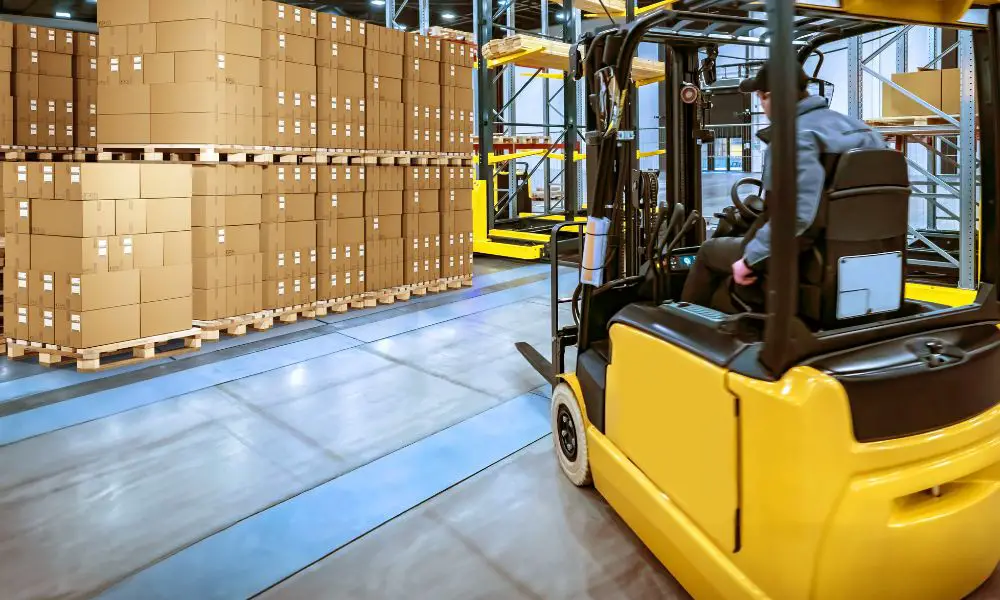

Waste generation contributes to environmental pollution and depletes natural resources. In warehouses, inefficient material handling, such as overusing protective packaging, and overreliance on single-use packaging contribute significantly to waste generation. Discover practical tips for reusing materials in warehouses to enhance your business’s sustainability.
Establishing a comprehensive recycling program within your warehouse reduces landfill waste and may also diminish your waste disposal fees, creating a win-win for the environment and your budget. Educate employees on the importance of recycling materials like cardboard, plastic wrap, and metal.
Follow these steps to start an effective recycling program:
Reusable packaging dramatically reduces environmental impact and waste compared to single-use packaging. Items such as pallets, crates, and durable containers that withstand multiple uses lower your demand for new materials and can reduce your procurement expenses.
While single-use options may appear cost-effective upfront, reusable packaging creates savings over the long term. Traditional single-use packaging often incurs hefty waste management fees, including disposal, hauling, and landfill charges, which strain your operational budget. Reusable packaging, on the other hand, minimizes waste management costs, giving your business more budgetary flexibility.
Another practical tip for reusing warehouse materials is to evaluate whether your business or a third party can repair, sell, or donate items rather than throwing them out. For example, recycling is a great way to preserve forklift batteries and protect the environment. Recycling forklift batteries involves breaking down the batteries to salvage valuable metals, which can then be reused in the manufacturing of new batteries or other products. This practice not only conserves natural resources but also significantly reduces your environmental footprint by preventing hazardous waste from ending up in landfills.
When you cannot repair or resell the item, consider donating it to a charitable organization that accepts used items, or find a recycler that can repurpose the materials into new products. Furthermore, warehouses often overlook the potential to donate surplus inventory, including textiles, electronics, and non-perishable goods, rather than relegating them to waste. These materials can find a second life in community organizations, non-profits, and schools, and your business may even receive tax benefits for the donation.
By integrating these sustainable practices into your warehouse operations, you not only contribute to environmental conservation but also unlock considerable cost savings and operational efficiencies. Implement a robust recycling program, utilize reusable packaging, and repurpose old equipment to maximize your business’s use of resources.
Learn essential first-time landlord tips for success, from tenant screening to property maintenance. These strategies…
Every business will produce some form of waste. The real task isn’t preventing waste entirely—it’s…
Custom tailors can create unique garments that complement every inch of your body, and it’s…
Faulty wiring can ruin a perfect restoration. See how original-style harnesses preserve WWII Jeep reliability,…
Make reading more accessible for kids with dyslexia using these nine tools designed to build…
Optimize your food processing facility by better understanding the critical ways gases can impact electrical…